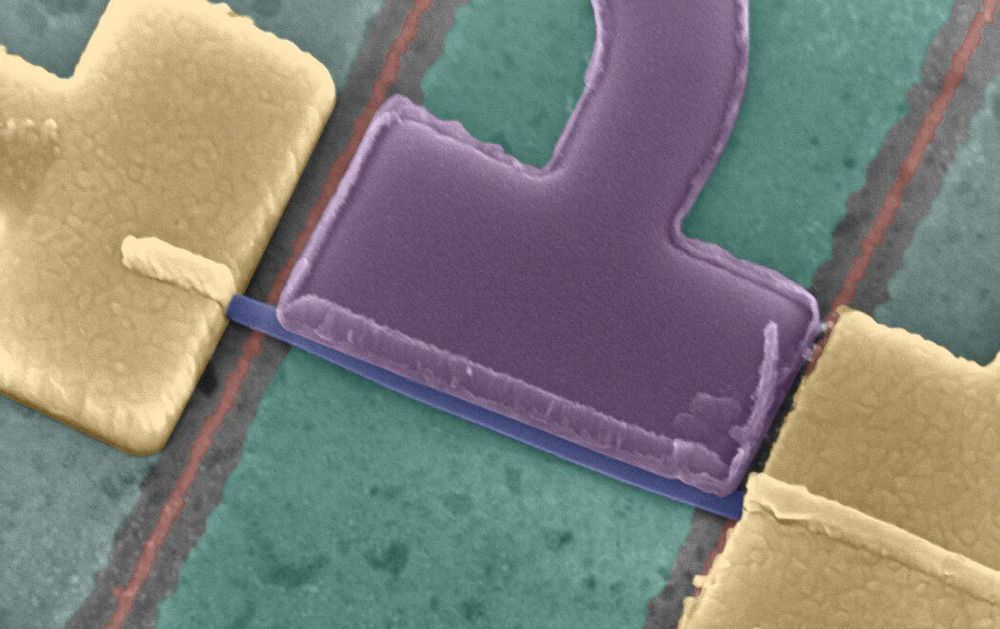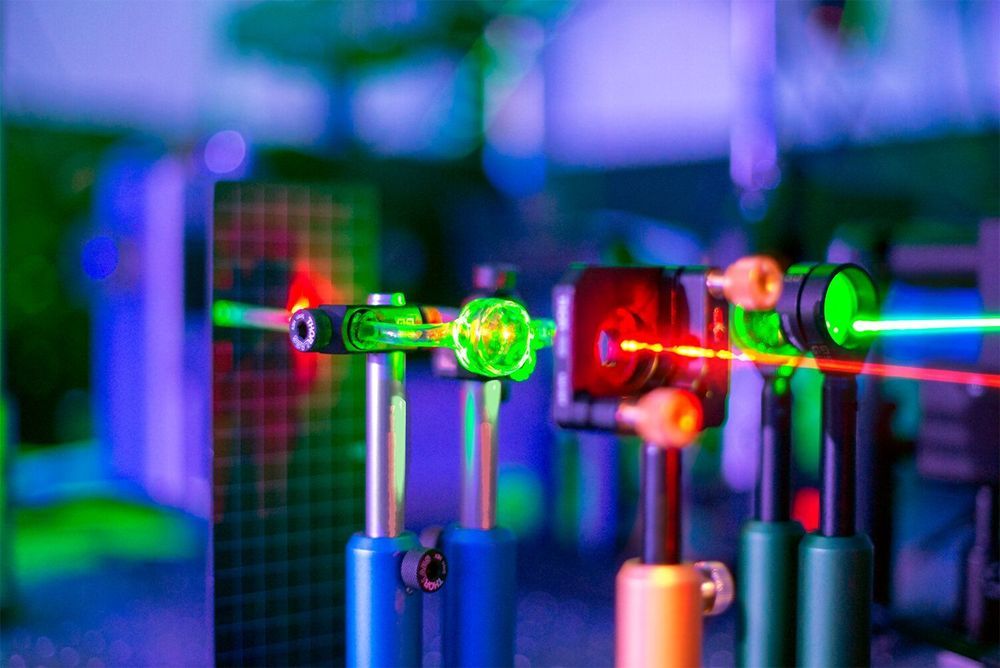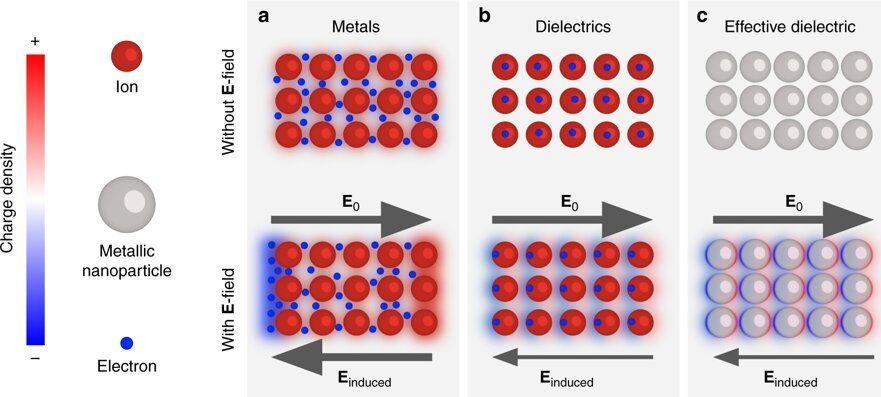Researchers at Delft University of Technology have recently carried out a study investigating spin-orbit interaction in Majorana nanowires. Their study, published in Physical Review Letters, is the first to clearly show the mechanism that enables the creation of the elusive Majorana particle, which could become the building block of a more stable type of quantum computer.
“Our research is aimed at experimental verification of the theoretically proposed Majorana zero-mode,” Jouri Bommer, one of the researchers who carried out the study, told Phys.org via email. “This particle, which is its own antiparticle, is of particular interest, because it is predicted to be useful for developing a topological quantum computer.”
Quantum computing is a promising area of computer science that explores the use of quantum-mechanical phenomena and quantum states to store information and solve computational problems. In the future, quantum computers could tackle problems that traditional computing methods are unable to solve, for instance enabling the computational and deterministic design of new drugs and molecules.






